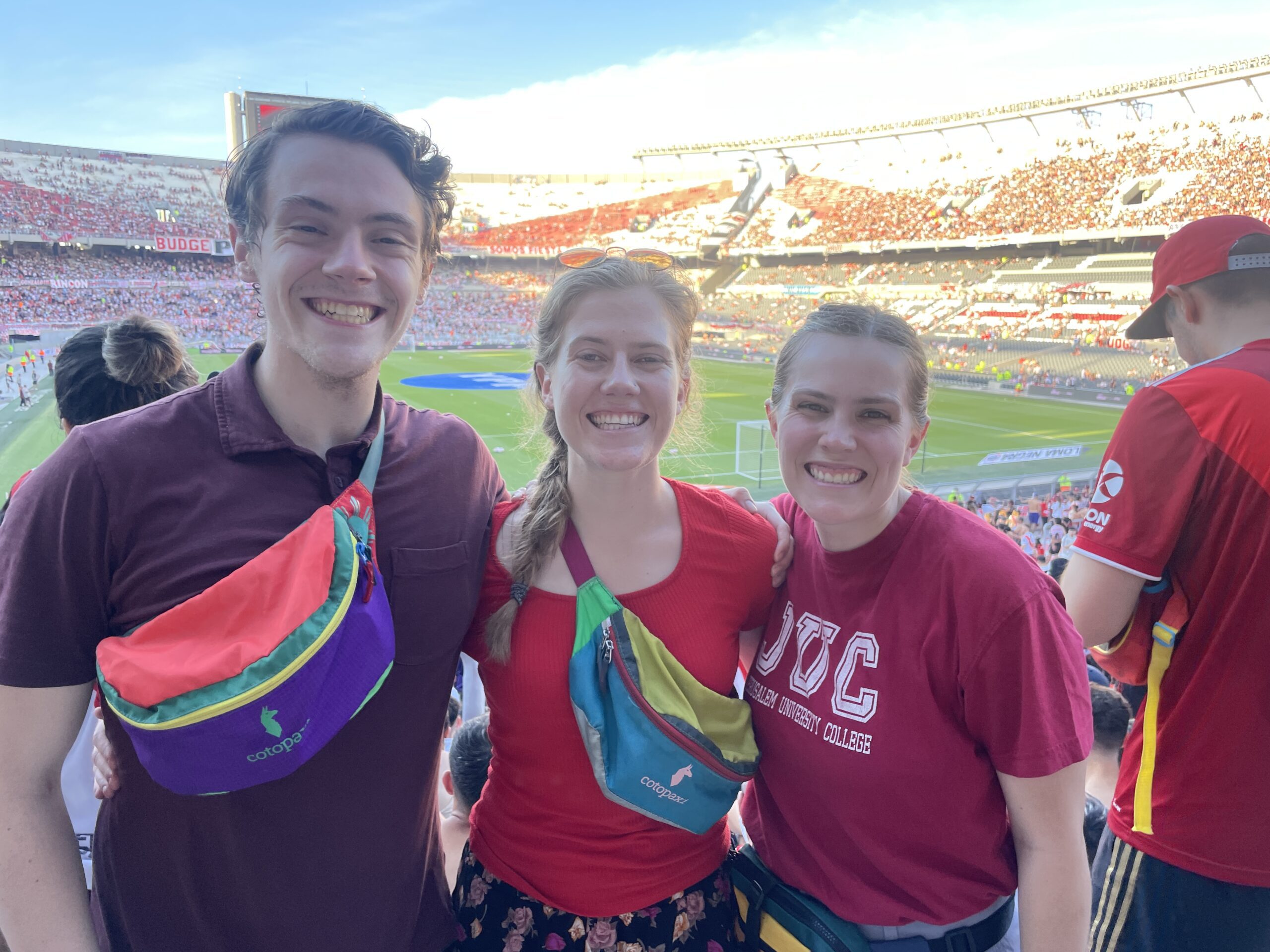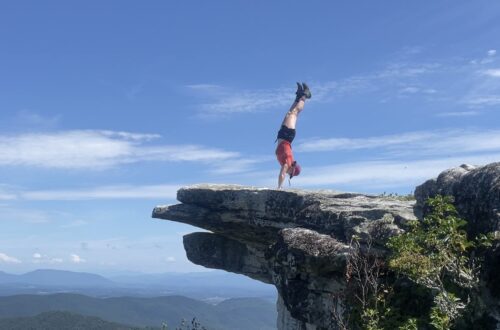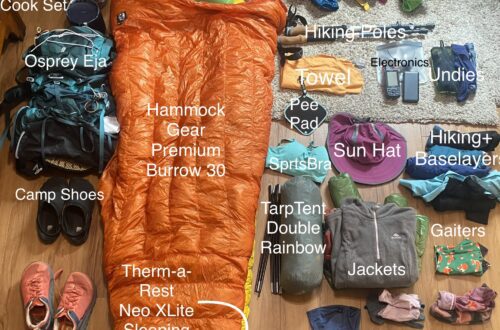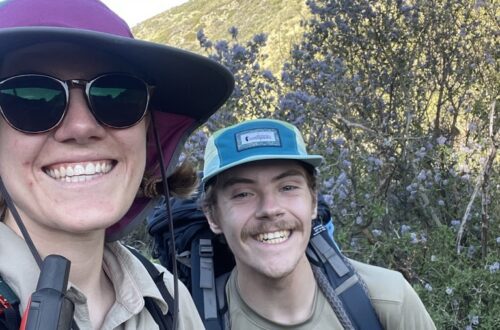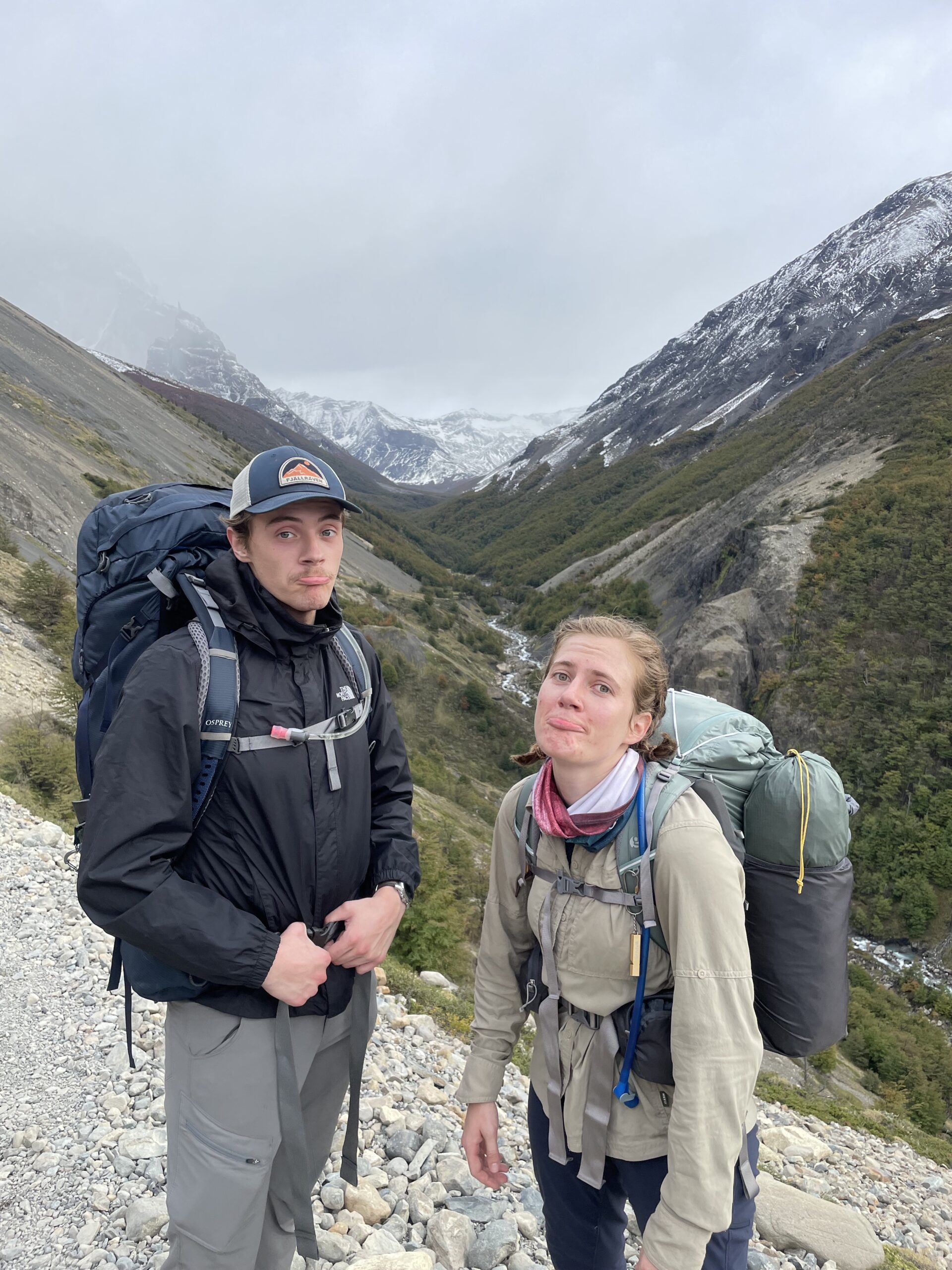
What I Learned From My 5 Day Shakedown Hike in Patagonia
This post originally appeared in The Trek, read about it here. This post also contains affiliate links. That means that if you make a purchase after clicking on a link I may earn a small commission at no extra cost to you. This helps fund any new gear I need for my travels.
As I have written many times now, while I have backpacked, hiked, and camped before, the AT will be my first extended backpacking trip. So it was really important for me to take out my gear and test it out beforehand to understand better what practically works for me.
Click here to see the gear I brought with me to Patagonia.
One such shakedown hike I went on was a 5 day trek through Patagonia along a trail know as the W Trek (if you’re interested in going yourself, check out this guide I created that will show you step by step how to book and guide yourself through the W). Here are the things I learned from that shakedown hike:
Gear (some fall under both categories)
What worked well:
- Dirty girl gaiters
- Loved these. Many people commented on how cute the design (foxes) were, and they kept my socks clean and dirt out of the inside of my shoes. Plan to wear these every day on the AT.
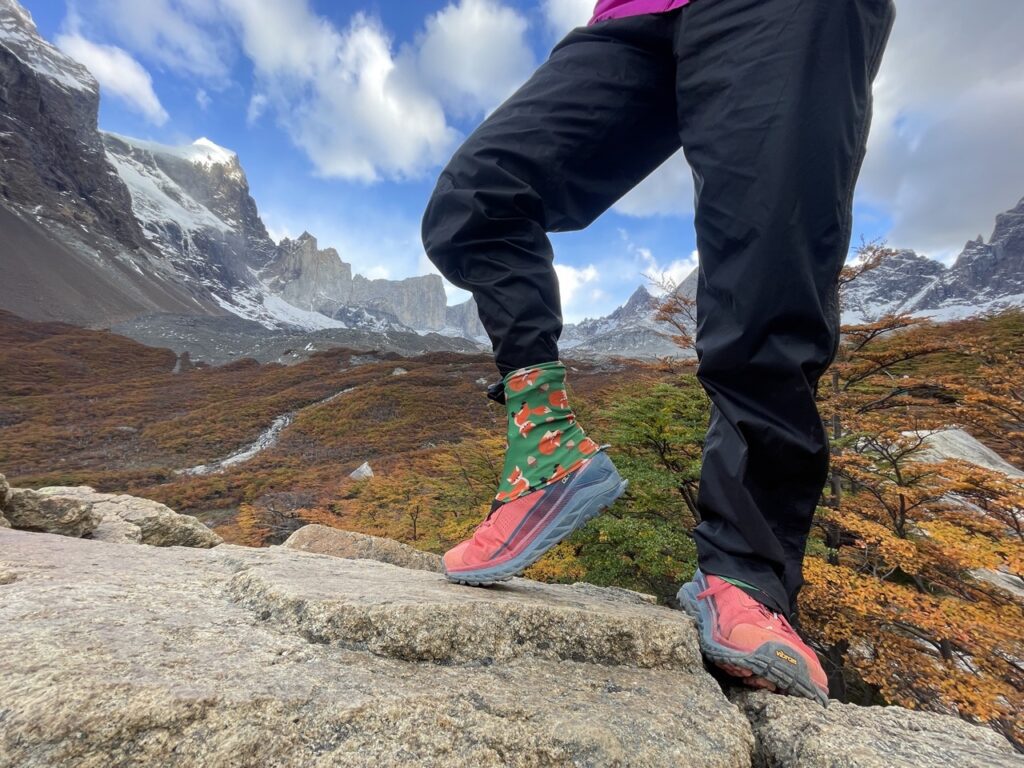
- Darn tough socks
- There is a reason you find these socks on the packing list of pretty much every thru hiker
- Altra’s Olympus 4 (need inserts though)
- Overall 9/10 loved them. The tread was great and super grippy, and the wide toe box meant the shoe was super comfy.
- Also I did something I shouldn’t have, which is not use them before the trip, but even though these were a brand new pair of shoes and I went from never having hiked in them to trekking 10+ miles a day I them back to back, I never got a blister or felt discomfort
- Only comment is that at about day 3 my feet started to hurt. It has since been recommended to me that I insert a pair of SOLE inserts. Since my Altra’s are wide, I ordered a pair of Performance Wide Medium SOLE’s which I heated up in my oven in order to mold to my feet. I look forward to feeling the difference with these inserts.

- Mountain hardware Dynama/2 Ankle Pants
- Wore these day and (most) nights
- For the relatively thinner material these use, they breathed well, did a better job than I expected of job of cutting the wind, and they’re super stretchy and more durable than expected (I snagged them a few times and they are fine)
- Marmot Rain pants
- Heavier than ideal for an UL gear set, but I’m not a money machine and these have the 2nd to most important feature (after waterproofing), they fully unzip on either leg. Making it so that these can be put on over quickly and easily without having to stop and take off my shoes first
- Brynje baselayers (keeping me warm)
- Read here why I switched from typical merino wool base layers like Smartwool and chose to instead wear mesh for warmth!
- They work amazing. Highly recommend.
- Sea to Summit Aeros Premium inflatable pillow
- I know I know, this is a luxury item but I LOVED it
- I have one more shakedown hike I plan to go on where I will use a stiff sack as a pillow and then I will compare how well I slept. But if the stuff sack is not as comfy as the pillow then this will be a luxury item worth bringing if I will be camping for 6 months
- TarpTent Double Rainbow Tent
- Big enough for both my sleep system + bag, and Tyler’s sleep system (a wide sleeping pad) and his large/long Osprey
- Kept us dry and did not fail over a couple rainy & windy nights
- While part of me regrets not going for a more UL tarp, for the price and how roomy the inside of this tent is, I was extremely happy
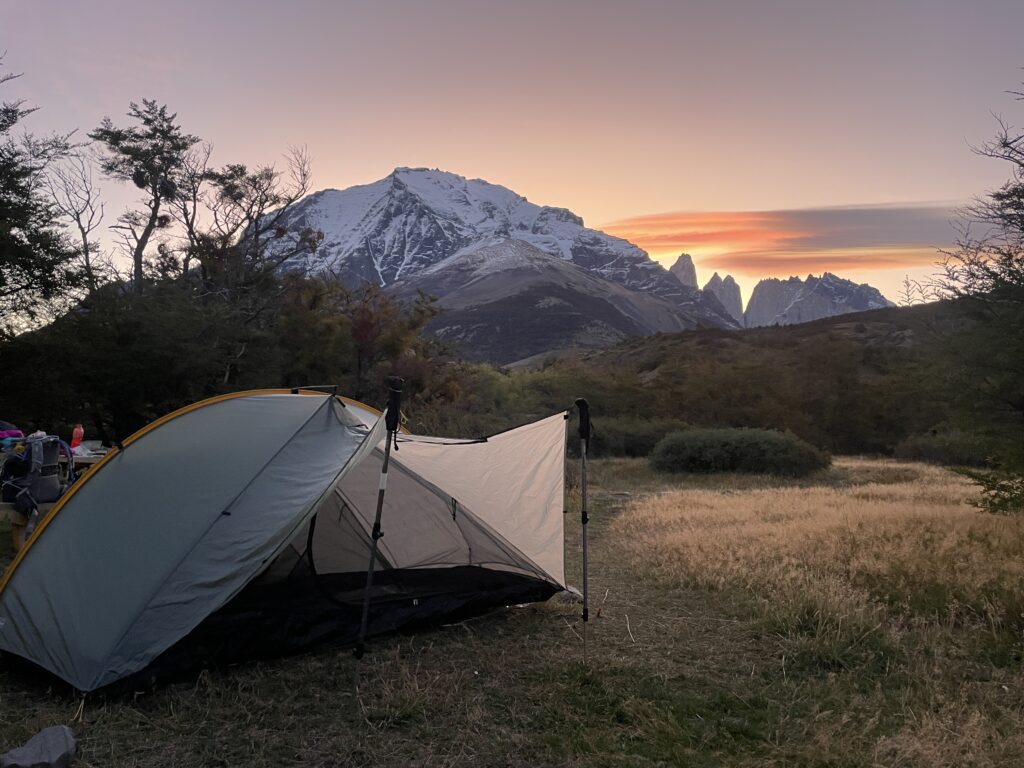
- REI Co-op Trailbreak Print Trekking Poles
- “Once you try them out, there’s no going back”
- Actually, I do not know if that is a common saying but it should be! Because it’s sure how I felt! Tyler said I would just speed my way upslope with these bad boys while he was left to only use his legs to get up steep slopes.
- These are not the most expensive trekking poles on the market but they served me great. I love a good deal.
- Similar to the gloves and beanie, this is thinner than other fleeces I have owned but boy is it warm and comfy! Quecha makes great products!
- “Once you try them out, there’s no going back”
- Forclaz Trek 500 Merino Wool Hiking Beanie (from Decathalon)
- I was worried when this beanie first arrived because it was so thin, but this kept me warm night and day, especially when hiking; and only $25!
- Quechua MH100 Hiking Fleece (from Decathalon)
- Similar to the gloves and beanie, this is thinner than other fleeces I have owned but boy is it warm and comfy!
- Seriously Quecha (from Decathalon) makes such great products at such reasonable prices!
- Gloves
- Similarly I was worried when I got these they’re so thin, but they kept me warm while I hiked and their thinness actually meant I could wear them much longer than Tyler who had thicker gloves and would overheat quickly after we started hiking. This meant he would have to remove his gloves and expose his hands to the elements
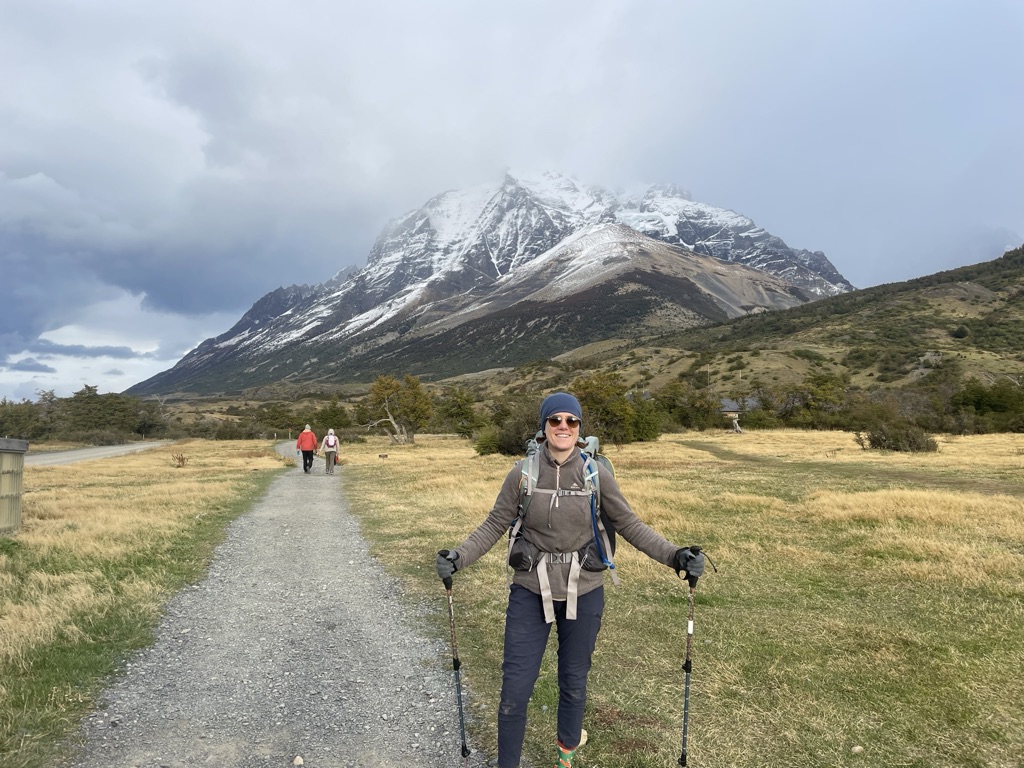
- Soto Amicus stove
- For a stove that doesn’t have a big name like MSR or JetBoil, this stove was great!
- Gossamer Gear Mariposa’s Volume
- My Gossamer Gear Mariposa fit everything I had for a potentially cold, rainy, windy trip for 5 days, and fit enough food for 2 people for 5 days plus my water. I had read online that the outer pockets were stretchy but boy were these things amazing! At one point I squeeze in an entire trail runner into the large outer pocket.
- Sunday Sun Hat
- I will admit.. I’ve always worn front bill only hats… so there was a part of me that felt a bit dorky the first time I put this hat on when everyone else around me was just wearing baseball and trucker hats… but let me tell you
- It doesn’t even look dorky, it looks like I am ready to go out and crush my next hike. I felt awesome! and I got a TON of compliments on this hat by fellow hikers
- Others with front-brim-only hats got sunburnt on the sides of their faces and on the back of their necks (seriously, the UV in Patagonia is no joke). You know who did not? Me!!!
- I love this hat and cannot recommend it enough.
- I will admit.. I’ve always worn front bill only hats… so there was a part of me that felt a bit dorky the first time I put this hat on when everyone else around me was just wearing baseball and trucker hats… but let me tell you
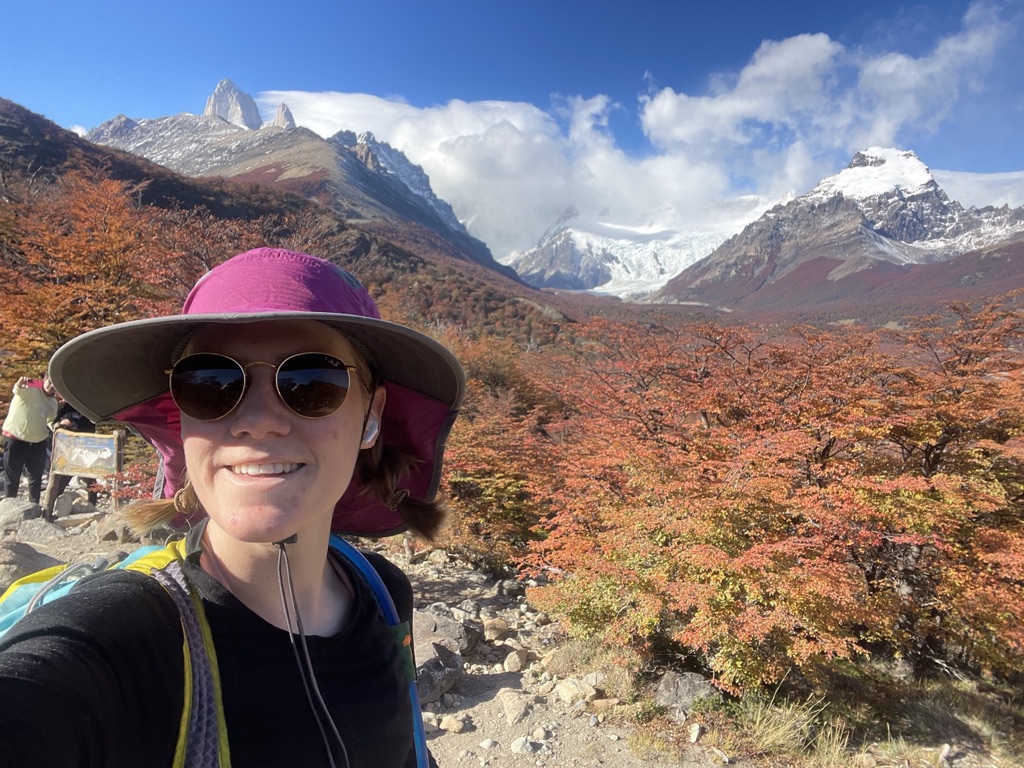
… and what didn’t
- Gossamer Gear Mariposa’s comfort at my starting weight
- As amazing at it was at fitting all my gear into it, turns out that my weight was not low enough for this ultralight backpack (I estimate that at the beginning I was pushing above 35lbs). Especially with 5 days worth of food for 2 people, this backpack dug into my lower back and made me feel like I was getting bruises (see the cover photo for this post). Also, while the back pad doubles as a seat, I found it got sweaty easily and was not very breathable. This is not an error with the backpack itself but a result of my inability to get my weight down. It did get increasingly comfortable with each day as we consumed our food.
- I’m thinking of switching to the air light pad but I’m also debating just getting a whole new backpack with a suspension system for holding the weight off my back and letting my back breathe more
- Patagonia Houdini
- I did not feel like this cut the wind as well as my rain jacket so I eventually just started to wear my rain jacket and not use this.
- That being said this jacket is so light and packs down so small I wish I loved it enough to keep it. But seeing as I am trying to minimize the items in my pack, I can’t bring two jackets when one will do.
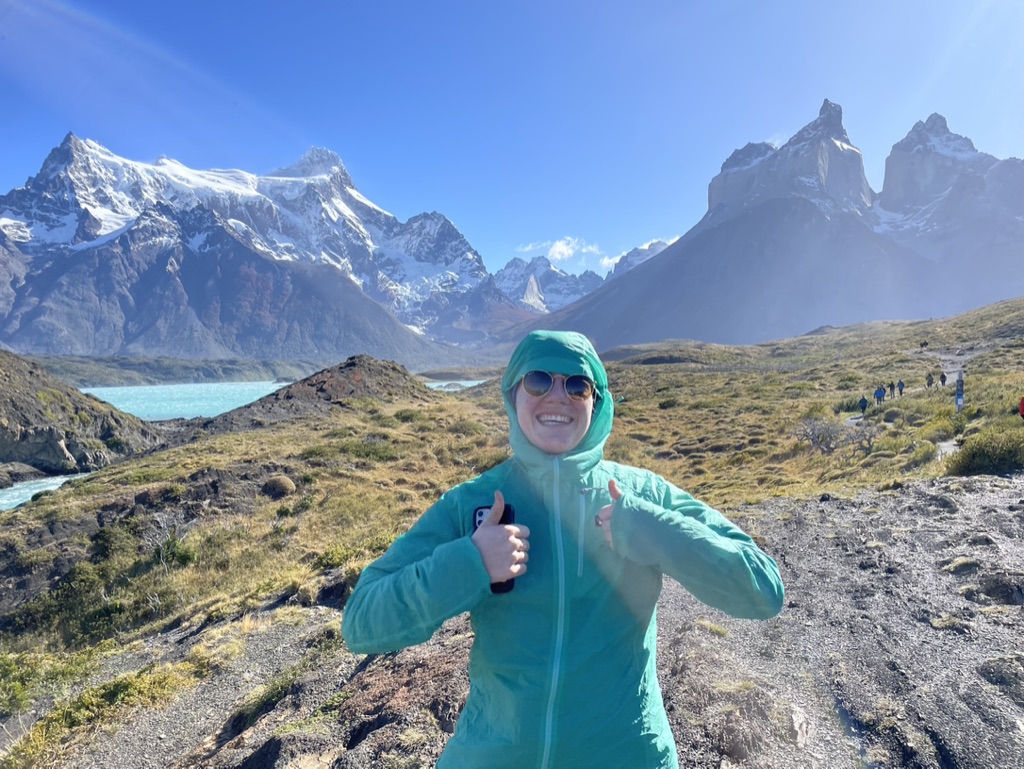
- Frogg Toggs Java
- I loved the color, the price, and felt that overall probably as waterproof/breathable as a much more expensive rain jacket with a similar design but my main issue with the jacket is that it has no pit zips 🙁
- After returning from my trek I plan to order myself a new jacket with pit zips.
- Backpack waterproof cover
- Heavy, voluminous, and unnecessary when I use a trash compactor bag to line the inside
- Water bladder
- When your backpack is stuffed full of all your items, it’s really hard to pull out a flat/deflated water bladder, fill it all the way up, then somehow squish this much larger volume into the same space you pulled it out from
- I found myself filling it up in the morning and putting it in my backpack before repacking up my backpack
- Then once I drank all my bladders water I would only drink from my water bottles after that
- Using my phone as a camera
- This really drained my phones battery
- If I need to use my phone for guidance, I want it to last as long as possible
- Soto Amicus stove
- My stove is supposed to have a built in igniter but the first time I went to cook food, the igniter didn’t work.
- Luckily someone nearby was leaving and had an extra lighter they have to us (love the kindness of fellow hikers)
Food
Things I looked for in foods the foods I took backpacking:
- Dry
- This saves weight.
- In a bag (not a hard plastic or glass container)
- This allows for some adjustment to the shape as the food is consumed
- Calorically Dense
- The more I can get out of a smaller food item the less volume is taken up in my bag
- Macronutrients
- Protein – for muscle repair, important when exercising day after day
- Fiber – need this to keep things moving, and I’m not just talking about my legs
- Carbs – for long term energy
- Sugar – for short term energy
Foods I found successful for our trip:
- Lentils (dry / in a bag / protein)
- Loose oatmeal (dry / in a bag / carbs)
- The oatmeal we bought was flavorless (gross plain), so I eventually started adding Nutella and that was tasty
- Chia seeds (dry / in a bag / fiber)
- I found these in a hostel before we left and they were perfect
- Dried fruit (Calorically dense / in a bag / sugar)
- Specifically Dates (basically let’s be real, they are just natures candy thatI get to eat in the name of “health”), and apricots.
- Flavor additives
- Many of the foods we ate on the trail were bland so it’s worth it to carry a little extra weight to enjoy ones meals
- Hot sauce
- Salt+pepper blend
- Many of the foods we ate on the trail were bland so it’s worth it to carry a little extra weight to enjoy ones meals
Food I wish I had on the trail
- Hot chocolate packets
- It was cold and rainy a lot and something warm to drink at the end of the day always sounded so good. Sometimes I was desperate and bought this from a Refugio in the park but in the future it makes more sense for me to just pack my own
- Also I love hot chocolate but typically avoid it because I view it as unnecessary calories but when you’re backpacking you don’t have to worry about that kind of stuff
- Freeze dried potatoes
- I saw a lot of others on the trail with freeze dried potatoes and my mouth watered each time.
- Peanut Butter
- We actually looked for this in Puerto Natales but could not find it. We got Nutella instead which worked for a short backpacking trip but on a long trip I want protein, not just sugar from my spread of choice
- Main problem with peanut butter is it is heavy and often in a hard plastic or glass jar. That being said, I saw a girl with a ziplock bag of peanut butter and tbh I’ll probably do the same on the AT
- Electrolyte Tablets
- We had small packets of powdered electrolytes on the trail and they worked well. That being said I want to experiment with the tablets to see if they’re better or not. I think the tablets overall will create less waste but I think they may be heavier and, being solid, less flexible for stuffing into the crevices of my backpack
- Tortillas
- A dense, flat + relatively light food I saw many people on the trail have
In summary
Overall it felt like a very successful shakedown. 5 days of food for 2 people is far more than I’ll need to carry on the AT (except for in the 100 mile wilderness), and that length of time gives a glimpse into if the gear I used was good day in/day out. I also experienced a lot of less than ideal weather (i.e., heavy rain, high wind,… I mean it was Patagonia, what do you expect). Lastly, I had to make it up some pretty steep slopes with my pack on my back, allowing me to test what it will really be like on the AT.
I’ve got some gear shifts I want to make but I’ll be back with another report of my next shakedown hike: a weekend in Joshua Tree (JT) where the weather will be hotter and thus more similar to the first part of my time on the AT (albeit it is drier in JT instead of humid like the east coast).
For Patagonia I used a 15 degree sleeping bag that I’ve owned for a couple of years but is less than ideal for backpacking (it’s too bulky and heavy). I originally purchased a Sea to Summit Flame 15 degree sleeping bag for the PCT, but when I switched to hiking the AT, I decided that sleeping bag would be too intense for my needs. So, I recently purchased a 30 degree Hammock Gear quilt (which is 20.8 oz less weight) which I plan to test out this upcoming week in JT. It will not only be my first time testing out this price of gear, but testing out a quilt in general! So I am looking forward to seeing how I like it!

